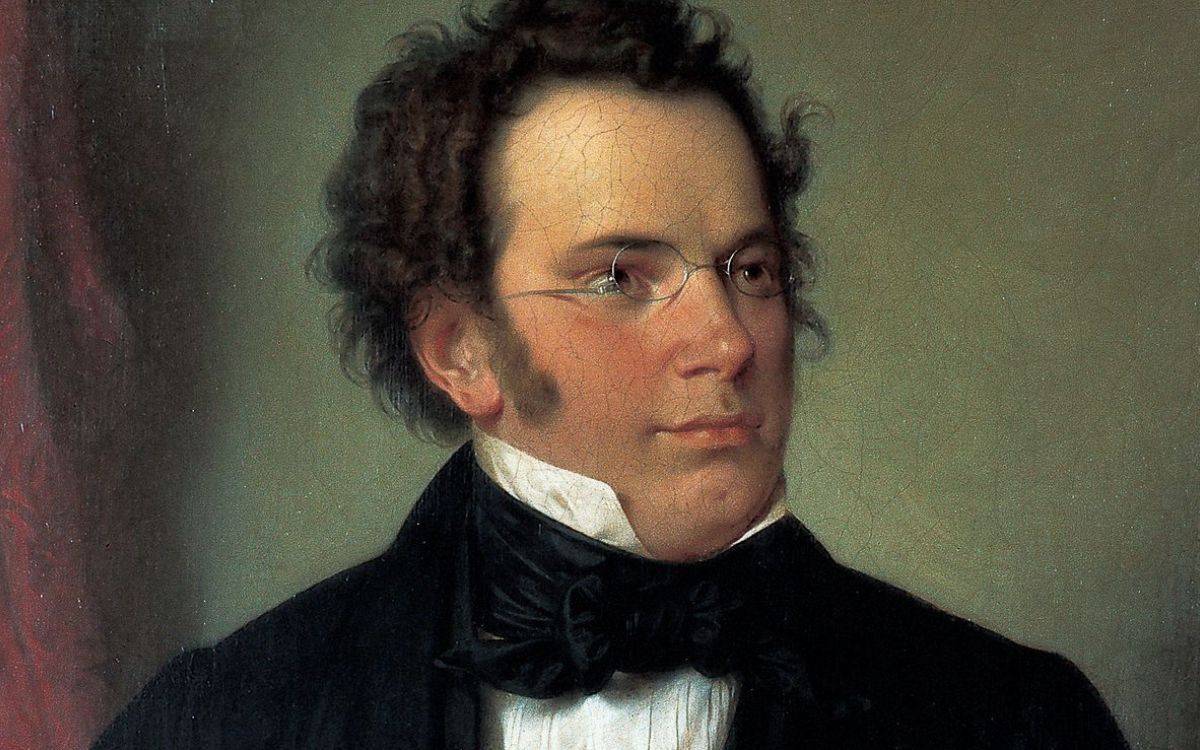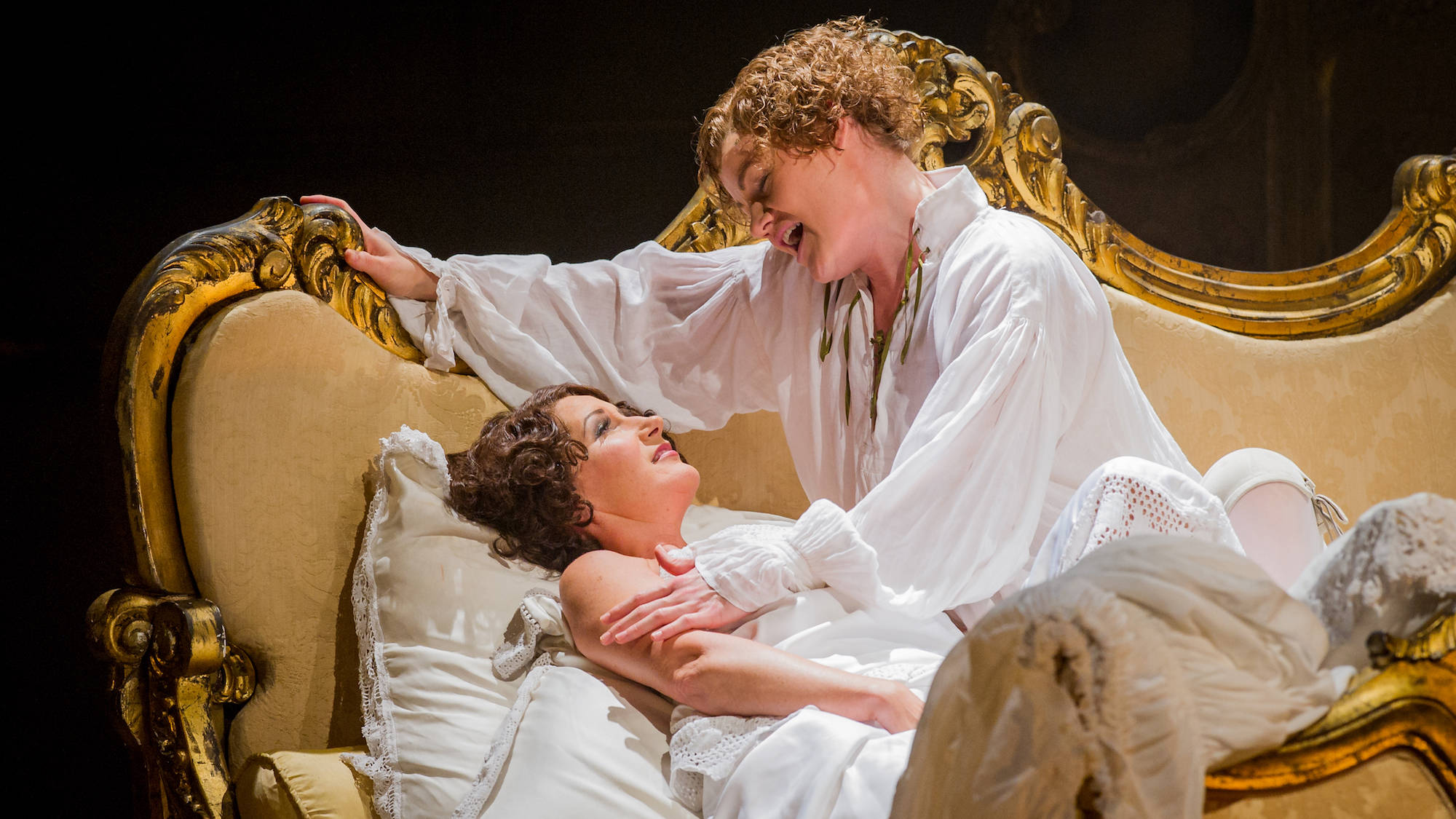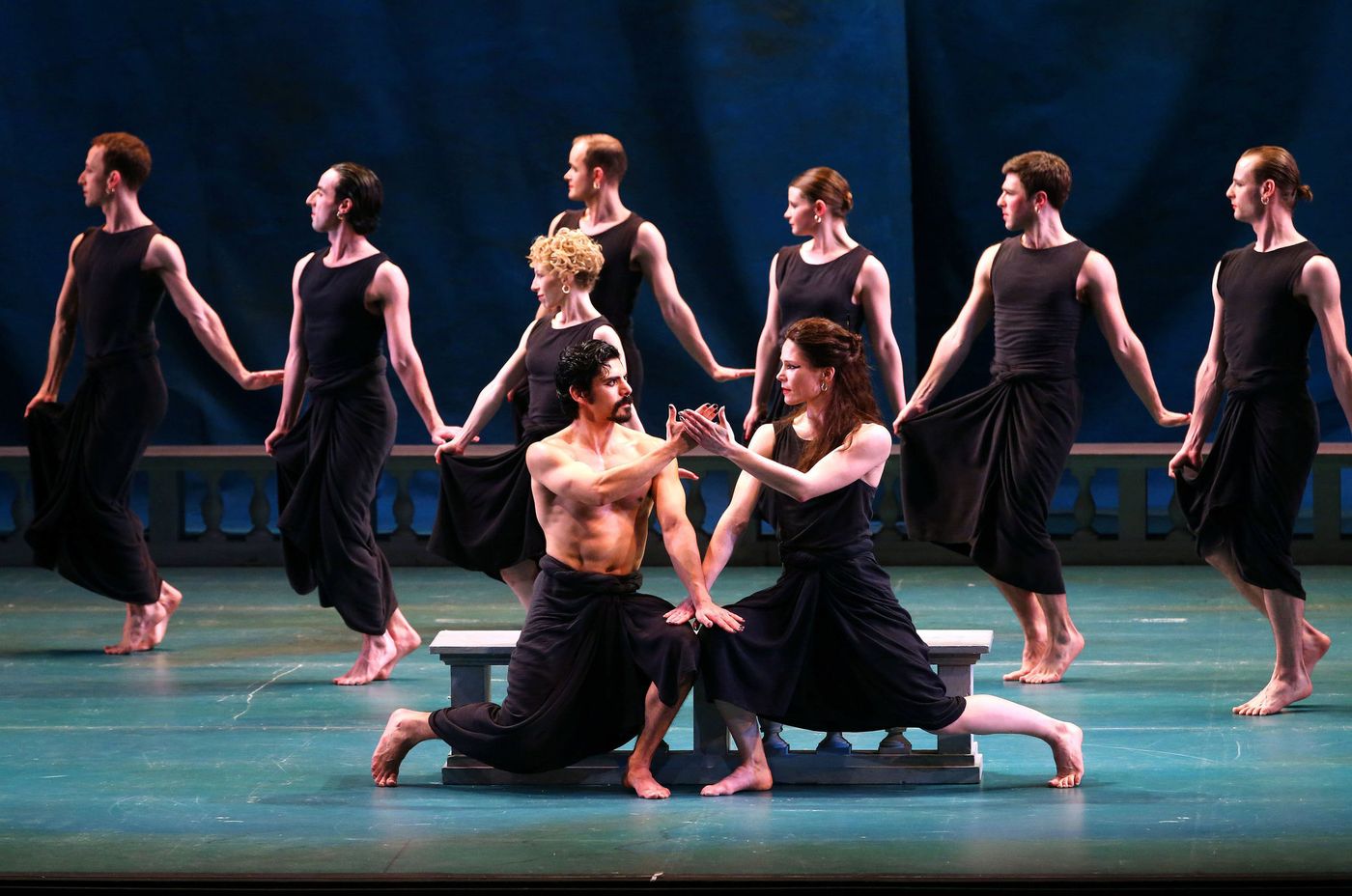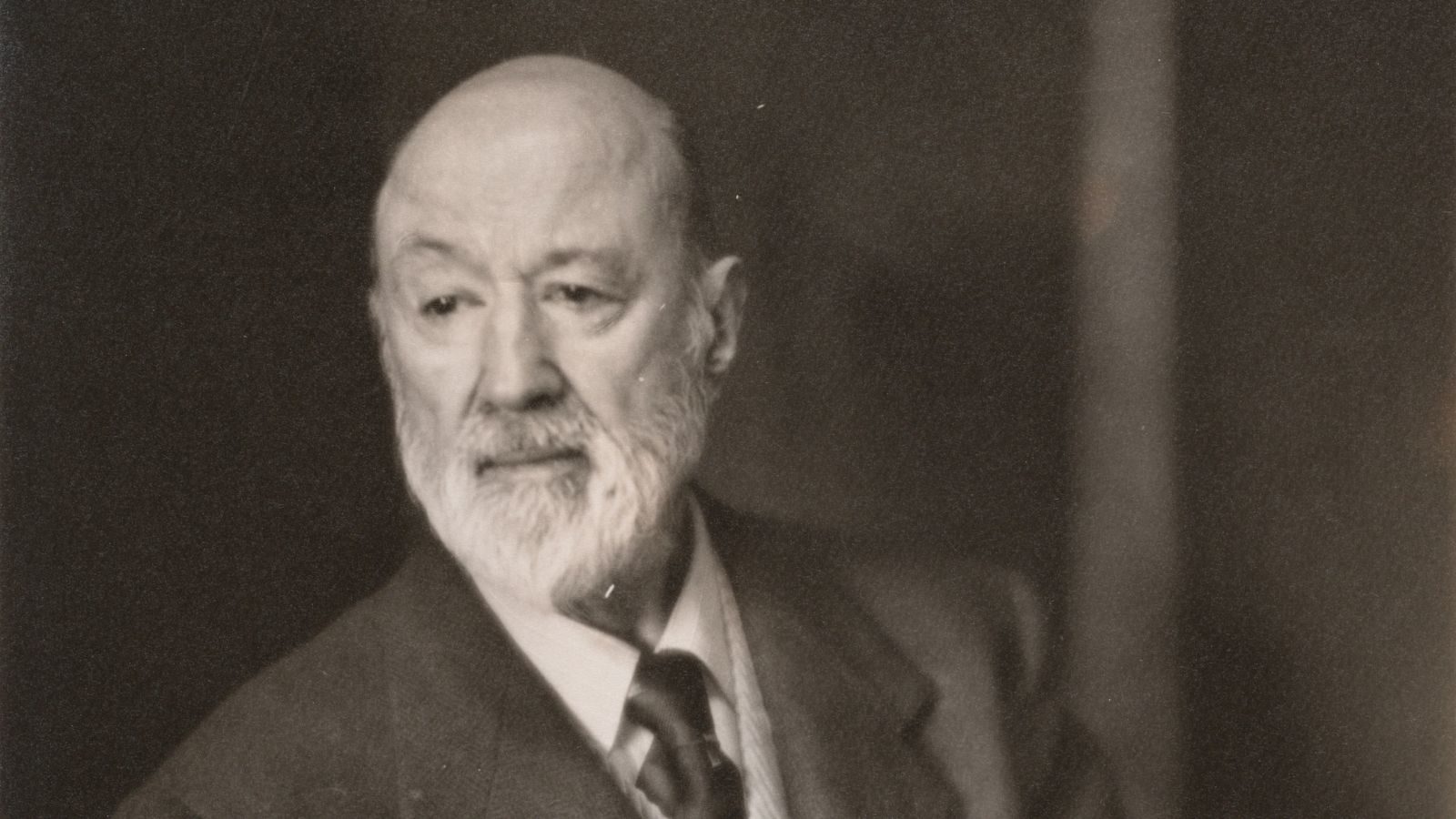Home>Production & Technology>Composer>Who Is The Composer Of Ave Maria


Composer
Who Is The Composer Of Ave Maria
Published: December 6, 2023
Discover the Composer of Ave Maria and unravel the mystery behind this timeless masterpiece. Uncover the genius behind the renowned melody and delve into the rich musical history.
(Many of the links in this article redirect to a specific reviewed product. Your purchase of these products through affiliate links helps to generate commission for AudioLover.com, at no extra cost. Learn more)
Table of Contents
Introduction
Ave Maria is a well-known and beloved piece of music that has been performed and cherished by millions of people around the world. It is a prayerful hymn that holds great significance in religious ceremonies and is often performed at weddings, funerals, and other special occasions. The grandeur of Ave Maria lies not only in its melodic beauty but also in its rich history and the various composers who have been attributed to its creation.
The origins of Ave Maria can be traced back to the Latin text of the Hail Mary, a traditional Catholic prayer that holds a central place in Marian devotion. The prayer itself dates back centuries, with its roots in biblical passages and early Christian traditions. Over the years, the Hail Mary has inspired countless composers and musicians to set the text to music, resulting in a wide range of musical interpretations.
Throughout history, several composers have been associated with the composition of Ave Maria. From the iconic compositions of Johann Sebastian Bach and Franz Schubert to the works of lesser-known composers, each interpretation brings its own unique character and musicality to the prayer. The attribution to different composers has led to some controversies and debates, further adding to the intrigue surrounding the creation of Ave Maria.
In this article, we will delve into the history and background of Ave Maria, explore the various composers attributed to its creation, and discuss the controversies that surround its composer. By shedding light on this timeless composition, we hope to deepen our understanding and appreciation of Ave Maria and the musical brilliance that surrounds it.
History and Background of Ave Maria
The history of Ave Maria is deeply rooted in the Christian tradition and the veneration of Mary, the mother of Jesus. The prayer itself is a combination of two biblical passages: the greetings of the angel Gabriel and Elizabeth to Mary in the Gospel of Luke. These passages have been recited and revered by believers for centuries, as a way to honor and seek intercession from the Blessed Virgin Mary.
The musical setting of the Hail Mary prayer, known as Ave Maria, has a long and rich history. The earliest known setting of Ave Maria can be traced back to Gregorian chant, the sacred music of the medieval Catholic Church. These plainchants, sung in Latin, feature the delicate and resonant melodies that have been passed down through generations.
Through the Renaissance and Baroque periods, composers such as Josquin des Prez and Tomás Luis de Victoria created polyphonic settings of Ave Maria, enriching the prayer with intricate harmonies and expressive melodies. The soaring voices and complex textures added a sublime beauty to the prayer, capturing the devotion and reverence associated with Ave Maria.
One of the most famous settings of Ave Maria was composed by the renowned composer Johann Sebastian Bach. In his Prelude in C Major, BWV 846, Bach incorporated the melody of Ave Maria into this keyboard composition. The ethereal and contemplative qualities of Bach’s interpretation have made it a beloved version of Ave Maria, with countless musicians and performers showcasing their skills through this piece.
Another iconic version of Ave Maria was composed by Franz Schubert in the early 19th century. Schubert’s composition, based on the German translation of the prayer, became immensely popular and is often referred to as one of his greatest works. The seamless blending of melody and emotion in Schubert’s Ave Maria captures the essence of devotion and has solidified its place in the canon of choral music.
As time progressed, other composers continued to contribute their unique interpretations of Ave Maria. From the hauntingly beautiful rendition by Charles Gounod to the modern arrangements by contemporary composers, the prayer has inspired a vast array of musical expressions.
Today, Ave Maria remains a cherished piece of music that transcends religious boundaries. Its timeless beauty and profound meaning continue to resonate with audiences worldwide, serving as a testament to the enduring power of music to touch the hearts and souls of people across generations.
Various Composers’ Attribution
The composition of Ave Maria has been attributed to several composers throughout history. Each composer brings their own distinctive style and interpretation to the prayer, resulting in a diverse range of musical expressions.
Johann Sebastian Bach, the renowned German composer of the Baroque era, is often associated with an instrumental version of Ave Maria. This composition is based on his Prelude in C Major, BWV 846, from his famous collection of keyboard music, “The Well-Tempered Clavier.” Bach’s version showcases his genius as a composer and demonstrates his ability to transform a simple melody into a profound and captivating piece of music.
Franz Schubert, the Austrian composer and one of the most influential figures in Romantic music, is also widely recognized for his iconic setting of Ave Maria. Schubert’s composition, originally titled “Ellens dritter Gesang” (Ellen’s Third Song), is based on a German translation of the prayer. It features a sublime melody accompanied by rich harmonies, capturing the delicate and reverent essence of Ave Maria.
Another composer often associated with Ave Maria is Charles Gounod, a French composer of the 19th century. Gounod took Bach’s Prelude in C Major and added his own melody and harmonies, creating a vocal work that has become immensely popular. Gounod’s version, known as the “Ave Maria” or “Méditation,” combines the beauty of Bach’s music with Gounod’s flair for lyrical melodies.
Other composers, such as Giulio Caccini, Tomás Luis de Victoria, and Camille Saint-Saëns, have also contributed their interpretations of Ave Maria. These compositions range from more traditional and religiously inspired renditions to those that incorporate elements of the composers’ signature styles.
It is important to note that the attribution of Ave Maria to specific composers can sometimes be a matter of debate and interpretation. Due to the popularity and enduring nature of the prayer, it has been adapted and arranged by numerous musicians over time, further blurring the lines of authorship. While certain composers have become synonymous with Ave Maria, it is the collective contributions of these composers that have shaped and enriched the musical landscape surrounding the prayer.
Regardless of the composer or the version performed, Ave Maria continues to captivate audiences with its poignant melodies and spiritual depth. Its universal appeal lies in its ability to invoke a sense of peace, serenity, and reverence, transcending the boundaries of language, culture, and time.
Controversies Surrounding the Composer
As with many famous and enduring compositions, Ave Maria has not been without its controversies when it comes to the question of its true composer. Over time, various theories and debates have emerged, adding an air of mystery and intrigue to the origin of this beloved prayer set to music.
One of the main controversies revolves around the attribution of Ave Maria to Johann Sebastian Bach. While Bach is often associated with the instrumental version of Ave Maria based on his Prelude in C Major, some musicologists argue that Bach never intended it to be associated with the prayer. They suggest that the association came about later, possibly due to the popularity of both the prelude and the Ave Maria text.
Another point of contention is the authorship of the musical setting commonly referred to as Schubert’s Ave Maria. While Franz Schubert did compose a beautiful version of Ave Maria, some scholars argue that the composition was not wholly his own. It is believed that Schubert’s Ave Maria was actually based on a melody composed by Johann Sebastian Bach for another work. This theory creates a debate regarding the originality and true composer of Schubert’s well-known rendition.
Additionally, the question of who first set the Hail Mary prayer to music in the form of Ave Maria remains uncertain. While many attribute it to certain well-known composers like Josquin des Prez or Tomás Luis de Victoria, there is no concrete evidence to pinpoint the exact composer of the earliest musical setting of Ave Maria.
Furthermore, the evolution of Ave Maria throughout history has led to multiple adaptations and arrangements by different musicians. This has made it challenging to determine the authentic version or its true composer in some instances. The various interpretations and arrangements of Ave Maria have contributed to the complexity and controversy surrounding the identity of the composer.
Despite the controversies and debates surrounding the composer of Ave Maria, the enduring beauty and universal appeal of the prayer in musical form hold true. Ultimately, it is the emotional impact and timeless significance of Ave Maria that continue to resonate with audiences worldwide, regardless of its exact origin or the attribution to any specific composer.
Conclusion
Ave Maria is a prayerful hymn that has touched the hearts of millions throughout history. Its melodic beauty and profound lyrics have made it a cherished piece of music that is often performed at significant religious and cultural events. While the true composer of Ave Maria may be subject to debate and controversy, it is the collective contributions of various composers that have shaped and enriched its musical landscape.
The history and background of Ave Maria reveal a deep connection to the Christian tradition and a long-standing tradition of setting the Hail Mary prayer to music. From the earliest Gregorian chants to the intricate polyphonic compositions of the Renaissance and the passionate renditions of the Romantic period, Ave Maria has evolved and inspired countless interpretations.
The attribution of Ave Maria to renowned composers like Johann Sebastian Bach, Franz Schubert, and Charles Gounod has given these renditions a timeless appeal and solidified their place in the musical canon. However, it is important to recognize that the true origins and original composers of Ave Maria remain elusive and shrouded in mystery.
Despite the controversies surrounding the composer, Ave Maria continues to resonate with people of different faiths and cultural backgrounds. Its universal message of prayer, devotion, and contemplation transcends the boundaries of language and time. Ave Maria has the power to evoke deep emotions and create a sense of solace in the hearts of those who listen.
As we reflect on the mystery and complexities surrounding Ave Maria’s composer, let us appreciate the beauty and significance of this cherished composition. Regardless of the attribution, Ave Maria remains a testament to the enduring power of music to inspire, uplift, and connect us to something greater than ourselves.











